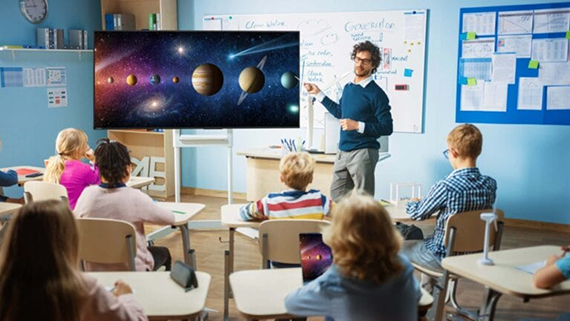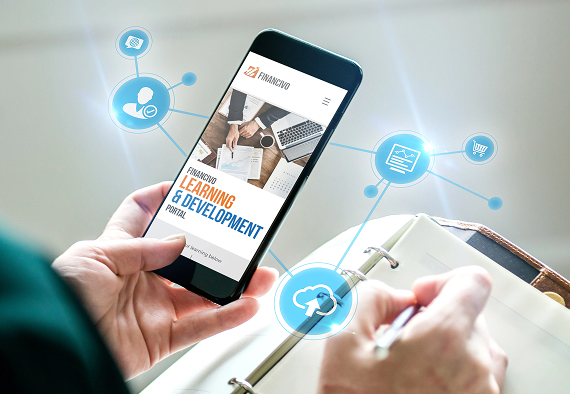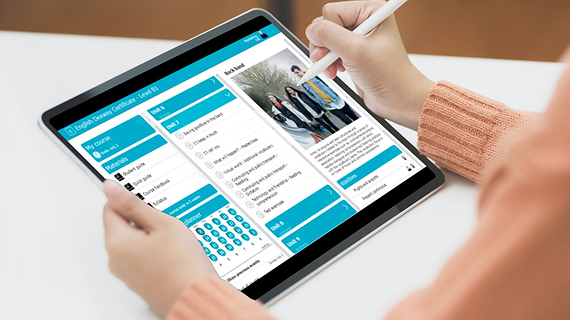In today’s fast-paced digital age, interactive video content in education has emerged as a powerful tool for transforming how students learn, teachers teach, and institutions deliver knowledge. Unlike traditional static videos, interactive videos allow learners to actively participate in the content—clicking, answering questions, exploring branching scenarios, and receiving instant feedback. This level of engagement not only makes learning more enjoyable but also improves retention, comprehension, and overall educational outcomes.
From virtual classrooms to hybrid learning environments, interactive video learning is rapidly becoming a cornerstone of modern education. By integrating technology with pedagogical innovation, educators can create immersive experiences that inspire curiosity, drive active learning, and empower students to take ownership of their education.

The Power of Interactive Video Learning
Interactive video content in education leverages the strengths of educational technology to make lessons more dynamic, relevant, and engaging. Instead of passively watching a video, students become active participants—making choices, solving problems, and exploring different learning paths.
- Improved Student Participation – Learners can click through different options, answer embedded quizzes, and engage with case studies in real time.
- Active Learning – The interactive format encourages critical thinking, decision-making, and problem-solving skills.
- Accessibility and Flexibility – Students can learn at their own pace, revisit complex topics, and explore additional resources within the video itself.
For example, a science lesson can include clickable diagrams that explain each part of a plant cell, or a history lesson can feature interactive timelines that students can explore. This approach moves beyond the “one-way” nature of traditional video, making it a two-way learning experience.

Enhancing Student Engagement Through Interactivity
Student engagement is a crucial factor in academic success. Interactive video content in education excels in creating a personalized learning environment that caters to individual needs and learning styles.
- Personalized Education – Interactive elements adapt to student performance, offering tailored feedback and additional resources when needed.
- Gamified Learning – Points, badges, and challenges embedded within videos turn learning into a motivating experience.
- Collaboration Opportunities – Some platforms enable group discussions, peer feedback, and shared interactive projects.
Educational video tools like Omma VQ allow educators to design lessons that foster curiosity and keep students actively involved, whether they’re in a physical classroom, learning remotely, or in a hybrid setup.

Interactive Video: Transforming the Educational Experience
The adoption of interactive platforms is revolutionizing the educational landscape. From virtual learning to hybrid education, the ability to integrate real-time decision-making and personalized pathways into lessons makes learning more meaningf
- Greater Flexibility for Teachers – Educators can track student progress, analyze participation patterns, and adjust content accordingly.
- Better Learning Outcomes – By keeping learners engaged, interactive videos increase knowledge retention and application.
- Inclusivity – Interactive videos can be designed with accessibility features like subtitles, sign language interpretation, and multiple language options.
Imagine a language learning module where students can click on words to hear pronunciation, get instant translations, and practice via interactive exercises—all within the same video.

Measuring the Impact: Analyzing Interactive Video Learning
One of the key advantages of interactive video content in education is the ability to measure its effectiveness. With traditional video, it’s difficult to track whether students are truly engaging with the material. Interactive video platforms, however, provide detailed metrics.
- Engagement Rate – How often students interact with clickable elements.
- Quiz and Assessment Scores – Instant feedback on comprehension.
- Completion Rates – Whether students finish the content and at what pace.
- Learning Outcomes – Improvement in student performance over time.
By analyzing these metrics, educators can refine their content, address learning gaps, and continuously improve the educational experience.
Conclusion
The integration of interactive video content in education marks a pivotal shift in how knowledge is delivered and absorbed. From boosting engagement and personalizing learning experiences to offering measurable insights, interactive videos have the potential to reshape education for the better.
As educational institutions continue to embrace technology, tools like Omma VQ provide a dynamic platform for creating meaningful, interactive learning experiences that empower students and elevate teaching methodologies. Whether you’re an educator, instructional designer, or student, now is the time to explore how interactive videos can enhance learning in your world.






